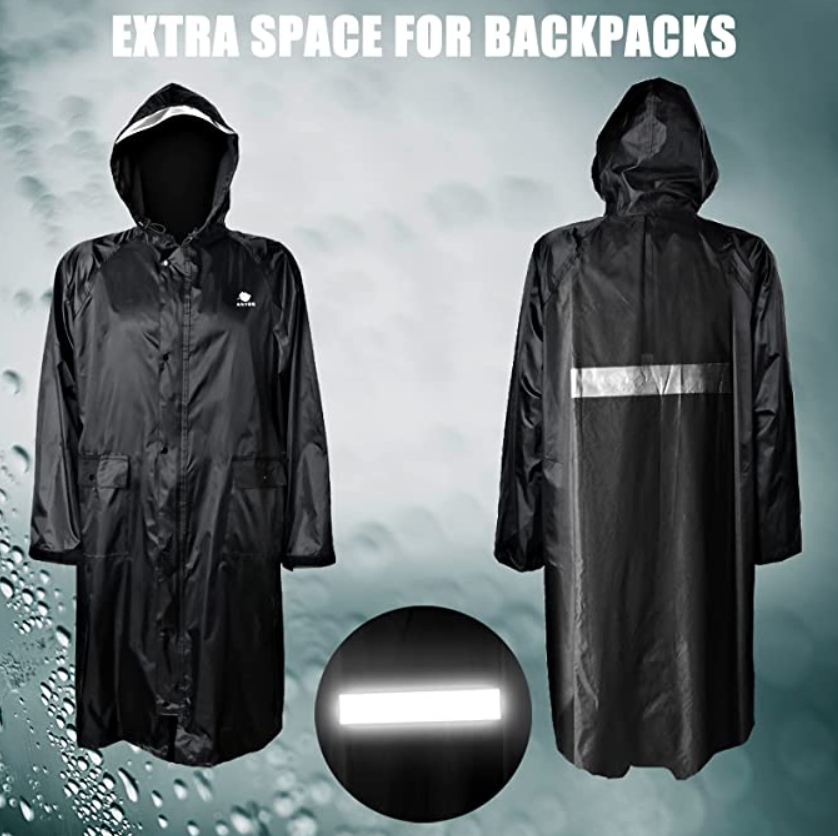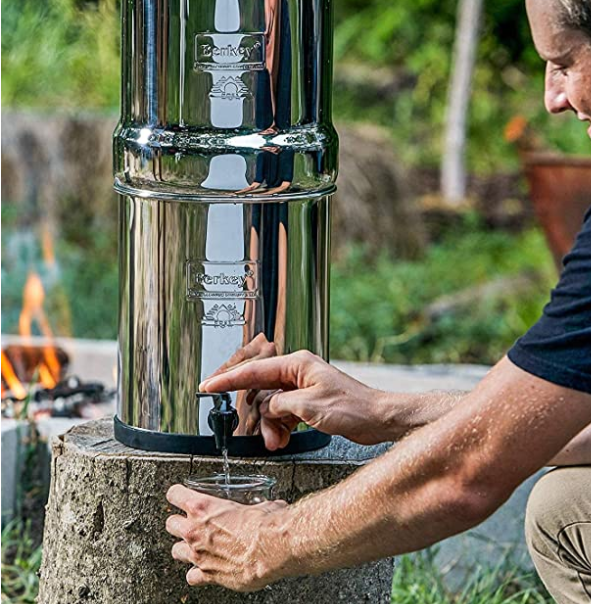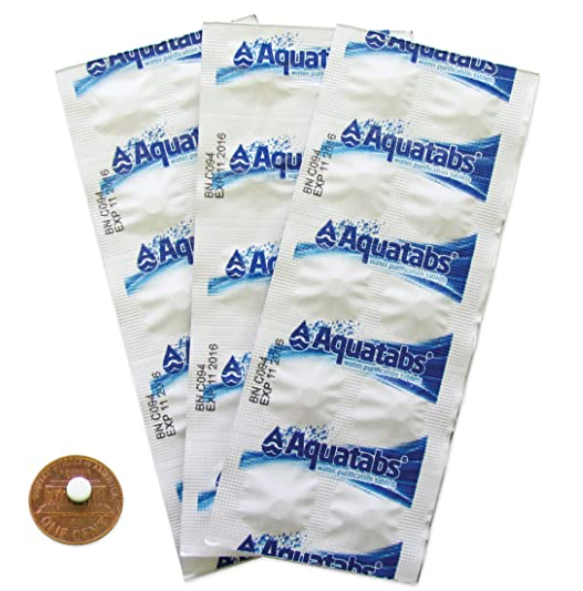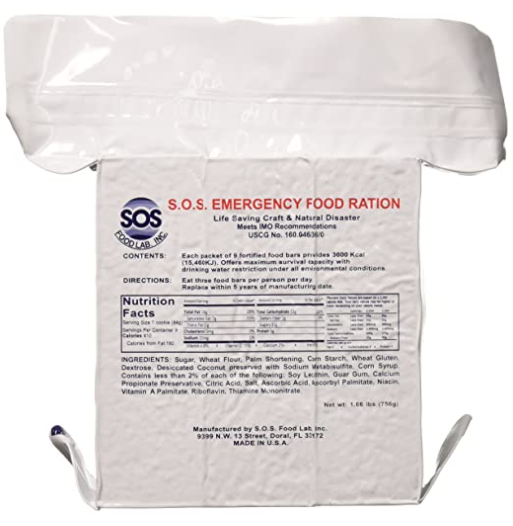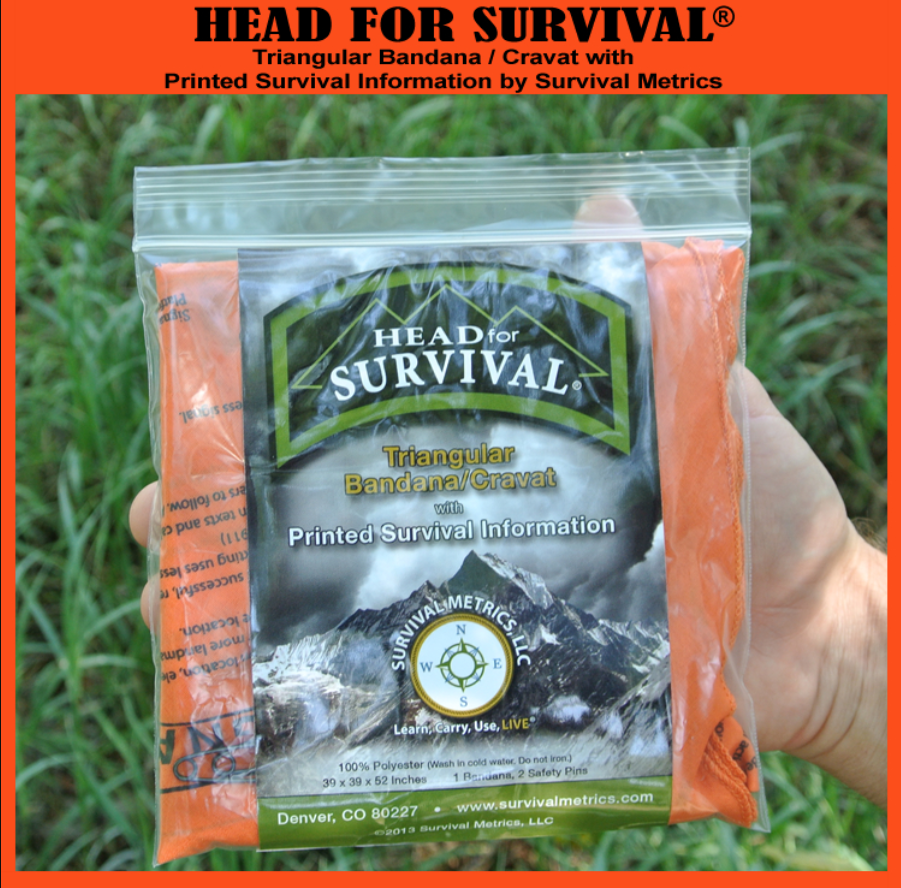
For our imagination, training and planning today, let me introduce you to a married couple, Daniel and Elsie Gardner. Now Daniel and Elsie, for most of their lives, have lived in some western and some Mid-Atlantic states in the US. They have three great kids in their teenage years. After some long planning and hard work, it’s paid off, and they’ve bought their place at the end of a long road in Florida, just outside Orlando. Very private…. And quiet!
Daniel grew up most of his life in a preparedness minded home. The pantry was well stocked, a small supply of water was properly stored, and there were secondary ways to get power and purify water if needed. His parents taught him from a young age that the way of the Scout was to “be prepared”!
Elsie was always a city girl and grew up knowing the power would always be there and thought there was a fine line between prepping and hoarding. To Elsie, Keeping a significant amount of food and water stored was pretty wasteful when you could just as easily go down to the market and pick up fresh food. And besides, it’s so much healthier as well.
Preparedness had always been a minor point of contention in the household and the kids felt it whenever Dad would attempt to build any stock of food, water, or take part in any other of these types of activities. Mom would get frustrated.
Daniel and Elsie have now lived in Florida for about 6 months. Although they’ve heard of hurricanes in Florida, they’ve never experienced the real threat. In fact the only real experience they’ve had is when they lived in Maryland and one Superstorm skirted the area causing some wind damage, and minor flooding but nothing major. Back in Maryland, anytime any type of storm (super or not) would come up, about two days before the storm, everyone would race to the store to stock up. And often the shelves would be left empty until after the storm.

Well, August rolls around and seemingly out of the blue, the news starts reporting about Hurricane Itan heading their way. As reported the storm is still about a week out, so Daniel and Elsie continue their work. Coworkers seem to be only slightly alarmed, but enough to make Daniel start thinking back to some of his upbringing. On a whim, he decides to stop and pick up 10 of the gallon sized bottles of Crystal Geyser water, and a couple of cases of smaller water bottles. Heck while he’s at it, he goes ahead and picks up some rice, and a few extra cans of soup, just in case. He just keeps them in his car for now.
A couple more days go by and the reports are getting worse. The strength of the storm intensifies. By landfall, it’s expected to be at least category 3 and possibly even category 4. Looking at the projected path of the storm only frustrates Daniel and Elsie as they try to decipher what it could mean for their small family. Some news broadcasts are indeed calling for evacuation of areas to the south and east of their home, but not necessarily their area. Confusion sets in, and after some time, the couple starts to argue about how they should prepare.
Two days out from the storm, and Daniel thinks they should go buy a generator. Elsie argues that it’s overkill. But as they see their neighbors start applying their hurricane shutters on their windows, Daniel starts to ask around for recommendations on how to prepare.
- They start to ask if the house they purchased has premade shutters for your windows?
- you can often find them shoved into an attic or basement somewhere
- Or you might still be able to pick up some plywood and clips at the hardware store before the storm
- Might want to get those up well before the storm.
- Do you have a generator? That will be important.
- Extra gas and gas cans?
- How much food and water do you have?
- Last big storm took us out for about 5 days!

5 days!? We better get moving! With this info, Elsie was convinced. They needed to get out and pick up some of these things.
The next day, Luckily they found the house did indeed have some fitted plywood sheets already cut to their window sizes… Thank God! Next, Daniel decided to take a trip into town to look for a generator. As he passed through town he noticed that ALL buildings had metal shutters installed and locked into place. The town looked like the set of walking dead.
Grocery stores, shuttered!
Post office, shuttered!

Two places remained open.
The gas station, but the line to get there was over a block long.

And the hardware store!
He pulled into the parking lot and walked into the store. As with the grocery store several days prior, many of the shelves were bare. The only generator available still was a little 1200 watt unit that might power a couple of lights and a charger. Daniel bought it, and remembered he still had some oil he could use back at home.
On his way home Daniel parked in the line to get gas. He waited for 2 hours listening to his podcasts. When he got to the point to fill up his car, it was running on fumes.
He asked the attendant if they had any gas cans he could buy. “Nope, and we wouldn’t let you fill them up anyway. Just your car!” Daniel filled up the car’s tank and headed home.
As he pulled up to the house, Elsie ran out to meet him, crying.
“It’s picked up power off the coast. It’s a category 5 and headed our way!”
Now less than twenty four hours from the storm hitting the coast, Daniel and Elsie, and their young family have limited supplies, equipment they’ve never used, and the threat of an impending storm. They feel woefully unprepared, but reports indicate the evacuation routes are clogged with last minute travelers trying to get away.
- What challenging times have you had in discussing preparedness with spouse?
- What are some things Daniel and Elsie could have done to better prepare ahead of time?
- What were some good things they did leading up to the storm?
- How early before a storm hits would be best to start preparing?
- What are some activities they could do with the family to prepare themselves better?
Click Here to hear how Ed and Matt consider the questions themselves in our latest Podcast at Podcast.genxtalkin.com

@genxtalkin



